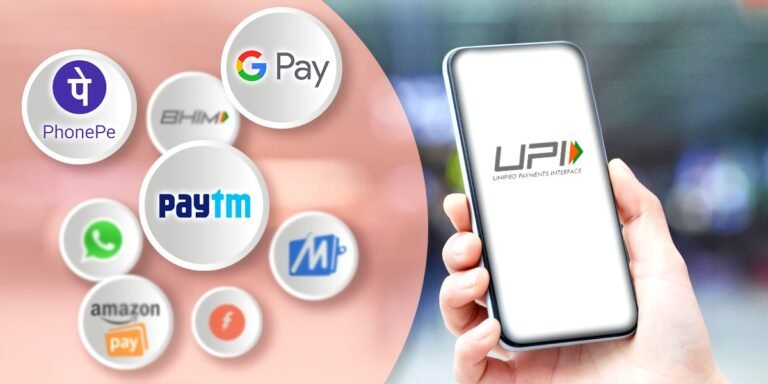The Unified Payments Interface (UPI): Simplifying Instant Payments in India

Introduced in 2016 by the National Payments Corporation of India, the Unified Payments Interface (UPI) has revolutionized the way Indians make instant payments. This innovative payment system has made inter-bank peer-to-peer and person-to-merchant transactions seamless and hassle-free.
The UPI has gained immense popularity in India due to its convenience and efficiency. With just a few taps on their smartphones, users can transfer funds instantly, without the need for cumbersome bank account details or IFSC codes. This has made sending and receiving money as easy as sending a text message.
One of the key advantages of UPI is its interoperability. Users can link multiple bank accounts to a single UPI ID, which acts as a virtual payment address. This means that regardless of the bank a person is associated with, they can send and receive money using a single UPI ID. This has eliminated the need for multiple payment apps and has simplified the payment process for millions of Indians.
Security is a top priority for UPI. Each transaction requires two-factor authentication, ensuring that only authorized individuals can initiate payments. UPI also uses the Immediate Payment Service (IMPS) platform, which ensures that funds are transferred instantly and securely between accounts.
UPI has not only made person-to-person transactions effortless but has also revolutionized the way merchants receive payments. With UPI, merchants can accept payments directly into their bank accounts, eliminating the need for physical point-of-sale terminals or cash transactions. This has been a game-changer for small businesses and street vendors, who can now easily accept digital payments without incurring high setup costs.
The UPI ecosystem has also witnessed the emergence of various third-party payment apps. These apps leverage the UPI infrastructure to provide additional features and services to users. From bill payments to online shopping, these apps have expanded the scope of UPI beyond peer-to-peer transactions, making it a versatile and comprehensive payment system.
Another noteworthy aspect of UPI is its support for QR code payments. Users can simply scan a QR code displayed by a merchant to initiate a payment. This has made UPI a popular choice for offline transactions, as it eliminates the need for physical currency and provides a convenient and contactless payment option.
Furthermore, UPI has also been integrated with various government initiatives, such as the Bharat Interface for Money (BHIM) app. This has further enhanced the reach and accessibility of UPI, making it available to a wider audience across the country.
As UPI continues to gain momentum, it is expected to play a pivotal role in India’s journey towards becoming a cashless economy. The government’s push for digital payments and the growing acceptance of UPI among merchants and consumers are clear indicators of the positive impact this payment system has had on the Indian economy.
In conclusion, the Unified Payments Interface (UPI) has transformed the way Indians make instant payments. With its user-friendly interface, interoperability, and robust security measures, UPI has simplified the payment process for individuals and businesses alike. As more people embrace digital payments, UPI is poised to play a crucial role in shaping the future of India’s financial landscape.